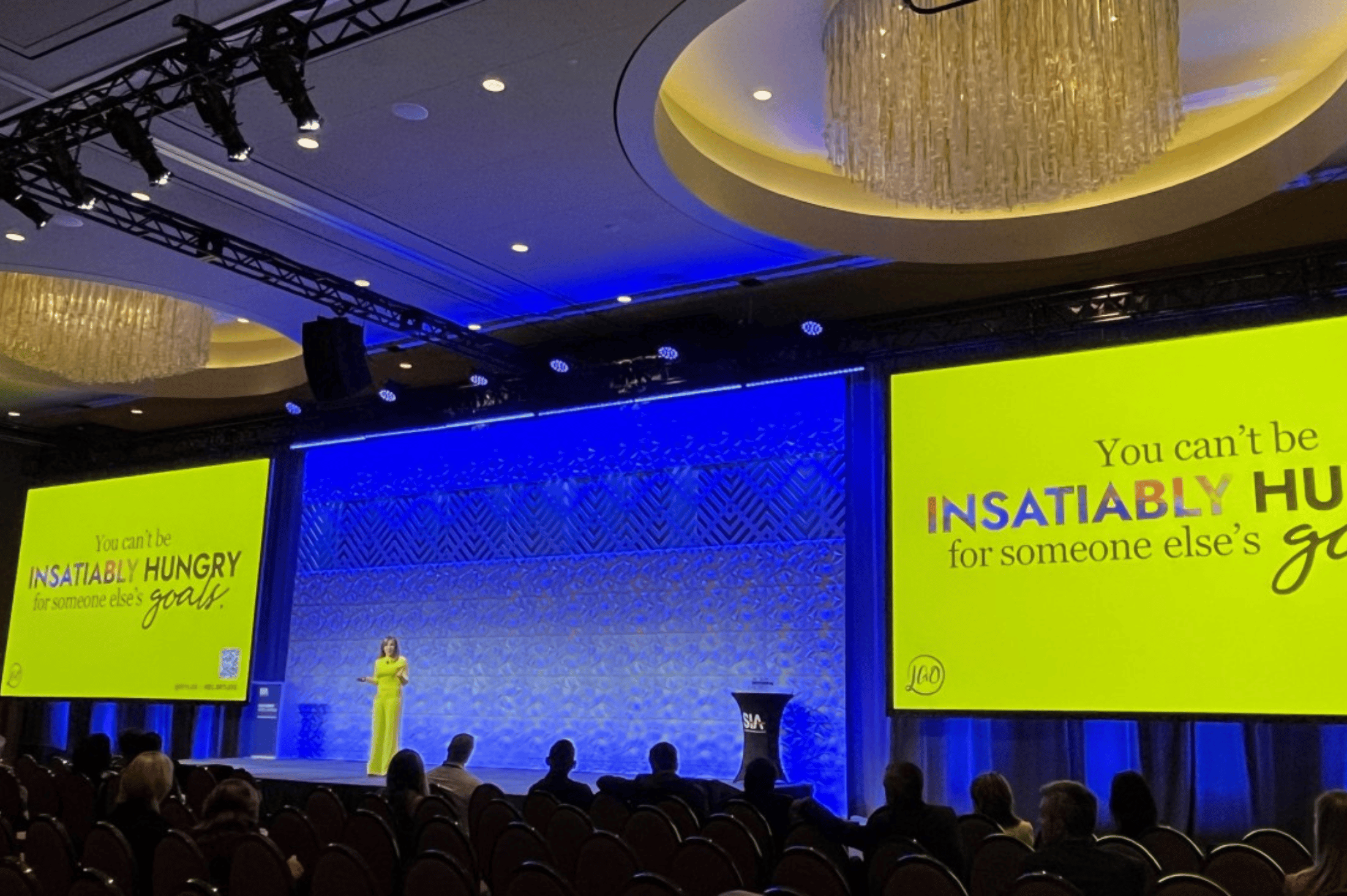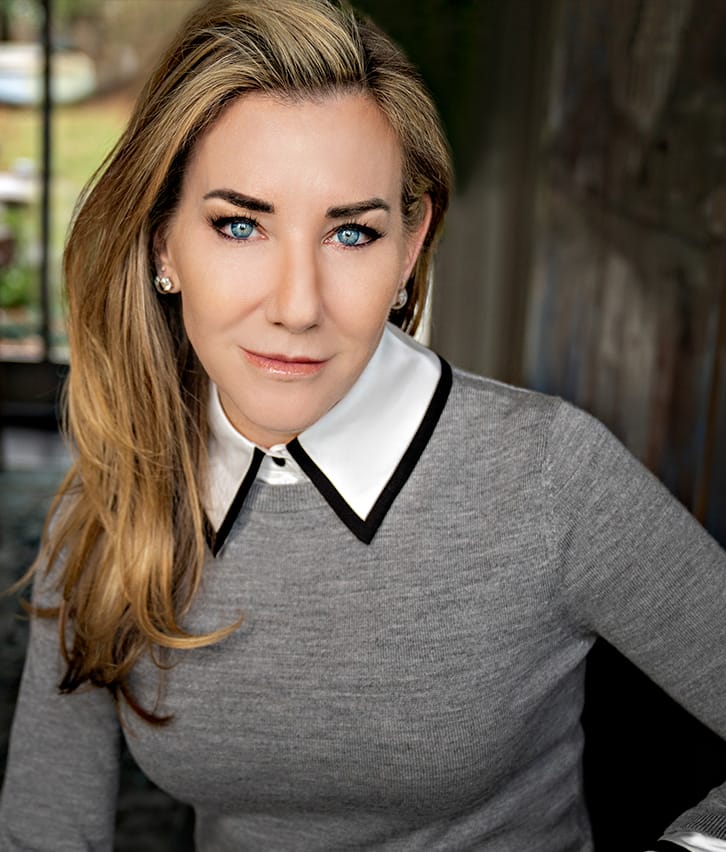I’ve been surprised recently by how many people are surprised that I reply to their responses to my Hello Truesday newsletter. So, I’ll say it again, since I’ve recently gotten thousands of new newsletter subscribers: I read and reply to every response, even if it sometimes takes me a while. YOU are why I write this missive, so without your responses, there’s a whole lot less YOU.
Why did you sign up?
What do you want to learn?
Where do you feel stuck?
I’d love to know, and to address it in a future newsletter.
How to (Really) Listen to Your Customers
What I’m doing here is asking you what you care about, and what problems you want to solve. Because, if I don’t, and I just talk at you, then I’m pretty much wasting both of our time.
I learned this lesson firsthand when my job was to make it rain for the executive search firm I founded.
First, I should tell you: I was really, really, *really* good at pitching.
Second, I should tell you that I didn’t actually sell any work.
The problem? I was pitching the wrong thing.
I’d walk in with our fancy powerpoint filled with our logo and our mission statement and our pictures and our clients couldn’t care less. Our logo and our mission statement and our pictures weren’t relevant to their problem so they weren’t relevant to their sale.
No matter how much I talked about our super clever, audaciously counter-intuitive way of doing the work, they didn’t care because I forgot the most important part of the puzzle: them.
I’d walk in and launch into how we could solve their problem, but I never stopped and asked them to tell me about their problem first.
And because they didn’t feel seen, and because they didn’t think I understood their problem, and because they didn’t think that I would hold our now shared problem in our hands until such time as our now shared problem disappeared, they weren’t ready to listen to my solution.
How many times have you launched into a pitch before fully understanding the problem?
How many times have you lectured your kids before fully understanding their pain?
I know I’ve been guilty of both far too often.
During January and February of this month, I’ve been and will be keynoting:
Charter Oak Financial – Financial Planners Top Earners Retreat
IBM – International Sales Kick Off Meeting
Transunion – Sales Kick Off Meeting
Houston Texans – Coach & Player Mindset Summit
SumoLogic – Sales Kick Off Meeting
And more…
These meetings have precious little in common. They are different industries, different verticals, different mindsets. Jumping in and telling them their solution would be like prescribing medicine without an examination: malpractice.
So, with each one, I start with a pre-call where I understand their company challenges, their industry challenges, their people’s challenges. I make sure they feel seen, heard, understood.
And then we get to work.
Because here’s what I know is true: Every “no” grows from a place of feeling misunderstood, under appreciated, or misdiagnosed. Even the most stubborn people will let you help them solve a problem if they believe you actually see and understand the problem.
If you care about their people, they will care about you.
Now that I’ve told you how I build relationships professionally, I want to take a moment to tell you how I do it personally too.
I care about my people’s people.
The surest way to get on the good side of someone you care about is to care about their people.
Take time to learn their stories, and who is in their lives, and ask about them, love on them, send small gifts to them. You’ll look like a star for making them look like a star.
Even when I managed people, I worried less about the stuff my people cared about, and I started thinking about the people they cared about. Where I found common ground, I built honest, authentic, deep relationships.
So, make a list of the people who you want to care about you, and find something about their people to care about.
And a few tricks to get people to notice you:
- As I mentioned, if you want someone to care for you, care for the people they care about. That separates you from the people who feel transactional and instantly deepens the relationship.
- Never praise in silence. Actively articulating what you respect and appreciate in them allows them to see themselves in a higher light, while also seeing you right there with them as a peer just for noticing.
- Be a pro. Want to know how I got the emcee to give Robin Roberts my book without even asking? Here’s the story.



